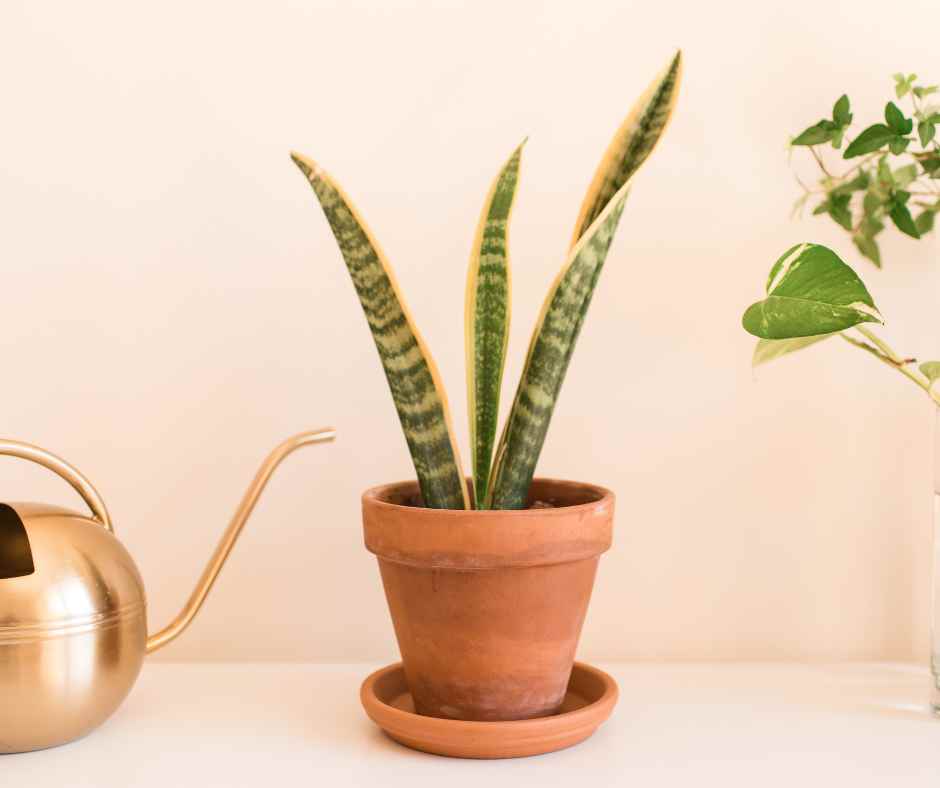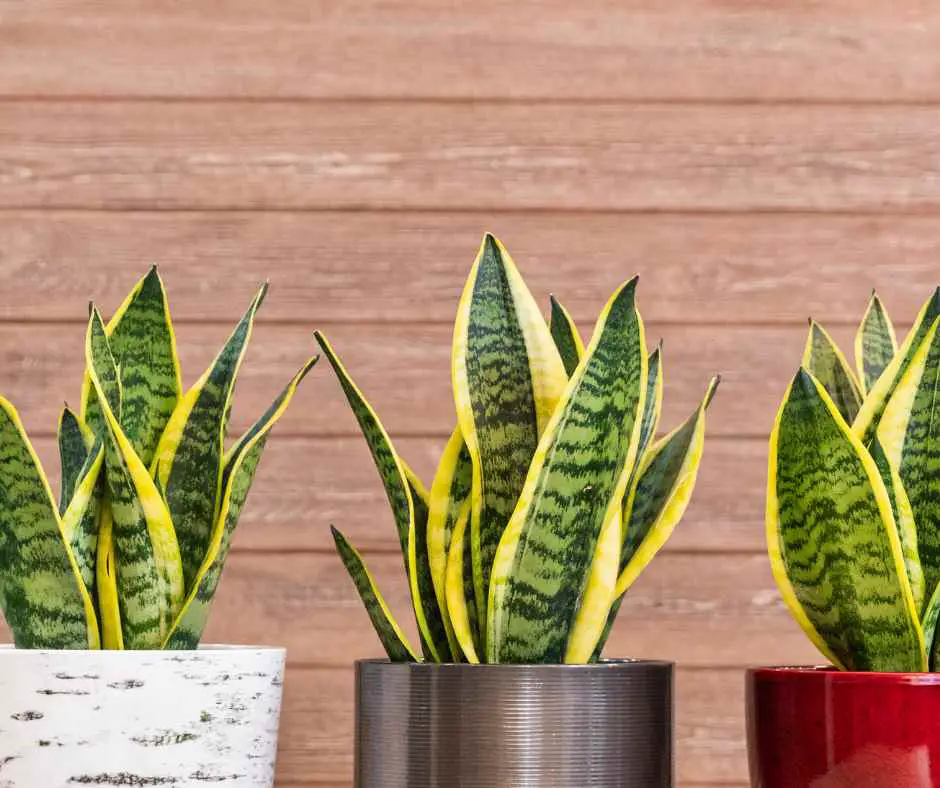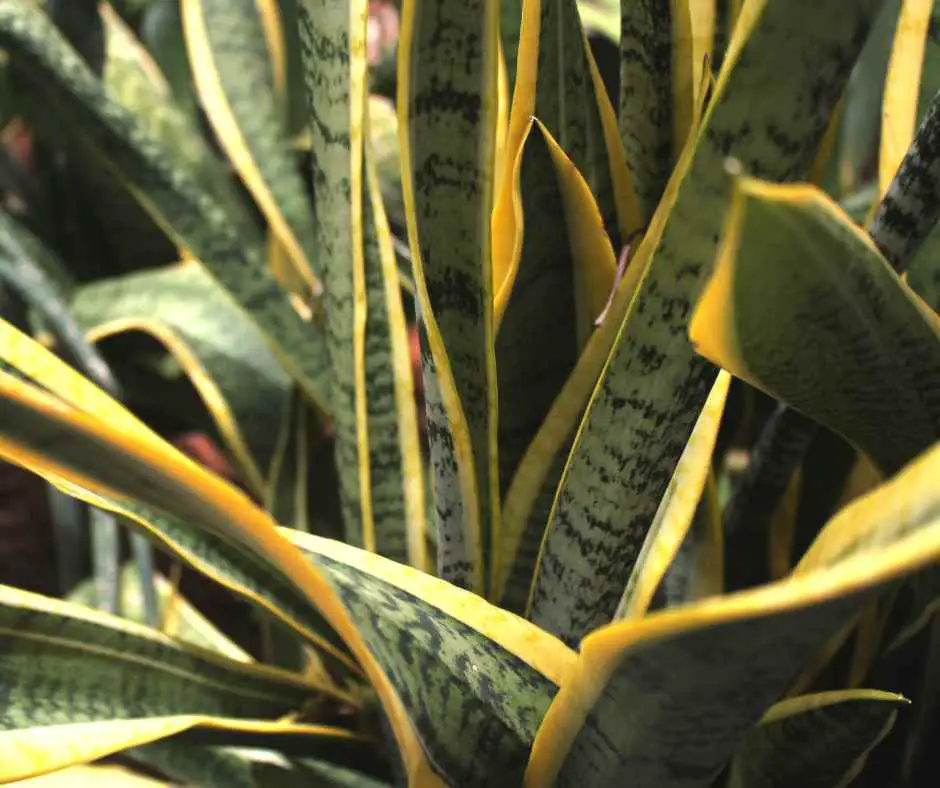There are many different tree plants and shrubs. These plants are also known as unkillable plants. Because they can survive in harsh conditions and climates. They have many decorative and health benefits. One of these plants is the snake plant. Today we are going to discuss how to propagate snake plants.

Snake plants
Snake plant has many names. The most common one is the snake plant. These plants are from west Africa. They can survive hard conditions and require low maintenance.
Snake plants have tall, stiff, upright leaves that are often variegated with yellow or white. Are tolerant of a wide range of lighting conditions and can thrive in a range of temperatures, making them popular houseplants. They are also able to purify the air of harmful toxins, making them a great choice for indoor gardening. These plants are also known for their tall and straight leaves.
Snake plants are also known as unkillable plants. As mentioned these plants can survive in very tight conditions. People go for these plants when they have little time to spend with the plants, but they have to go for their passion for gardening.
Why plant snake plants?
Many benefits can be gained by planting snake plants. Some of the important ones are as follows:
They are low maintenance and it is easy to take care of them. So, once planted you are good to go for the care of the other plants.
Snake plants are famous for the purification of the air. They can remove formaldehyde, benzene, and xylene from the air as well. This makes the space healthy where these are planted. These plants reduce the impact of dust and dander.
They are also drought-tolerant and can survive in low light conditions, making them a good choice for rooms with little natural light. This makes them hardy plants which can survive with little or no care as well.
Snake plants are also known for having a striking appearance that can add visual interest to any space. Besides adding a healthy touch to the space these plants can make the space look good and create a good effect.
They can also be used as a decorative elements in various spaces such as homes, offices, and gardens. Because of their leaf color, and other health benefits, these are a great fit for the garden, indoor garden, or home and offices.
Propagation of snake plants
The snake plant can be propagated through many methods. One of the methods is to take a plant and plant it in a pot or a garden. There are other methods as well which are quite successful in the plantation of snake plants.
The other method is division. Carefully remove the plant from its pot and divide the root ball into smaller sections, making sure each section has at least one leaf and one root. Plant the divisions in separate pots and care for them as you would for a mature plant.
Another popular method is leaf cuttings. Cut a healthy leaf from the plant, allowing a small portion of the leaf to remain attached to the base of the plant. Allow the cuttings to callus over for a day or two before planting them in well-draining soil. Keep the soil moist but not wet and in a warm location with bright, indirect light.
Finally, Snake plants can also be propagated by rooting the leaf tip cuttings in water. Place the cutting in a jar of water and change the water every 3-4 days. After 2-3 weeks, roots will form and you can transplant the cutting into the soil.
The one common method of propagation is planting the plant of snake plants. As it is the most common and easy method to plant or propagate any plant. It will be followed by the same steps.
Keep in mind that it can take several weeks or even months for the new plants to establish themselves and begin to grow. Be patient and make sure to provide the appropriate care for your new plants. For that, you have to follow the process. Once these plants are established, you are good to go.
Process of Propagation and Plantation of Snake Plants
Once the snake plant is in hand, you need to follow some of the basic steps so that your propagation of the snake plant can be successful. No matter which method you use, you would have to go through these steps to make it grow well.
Selection of pot
Select a pot that has drainage holes in the bottom and is slightly larger than the root ball of the snake plant you are going to plant. It will make sure disease avoidance and good growth of the plant. A good base for the plant will result in a good plant.
Selection of soil
Fill the pot with a well-draining soil mixture such as cactus or succulent potting soil, or a mix of regular potting soil and sand. You can add an organic mix to make it more fertile. It will add to the strength and growth of the plant.
Plantation of snake plant

Carefully remove the snake plant/ cutting from its container and loosen any tangled roots. Place the plant/cutting in the pot and adjust the soil level so that the base of the plant is level with the soil surface. Tap the soil gently.
Before planting the snake plant, do select the location of the plant. It is because then you would have to look for the light requirements. So make sure it is a good location to plant, and there is no direct light affecting the plant.
Your snake plant has been planted. Now you can simply water the plant to make sure the growth has started. Water the plant after intervals, as they are drought tolerant.
Taking care of snake plants
Taking care of snake plants is quite easy. It’s because these pants are unkillable. They can survive in all settings and require little care to grow well.
Light requirements
To take care of snake plants, it is important to provide them with indirect light, but it should be bright. Try to avoid direct sunlight as it can damage the leaves of the snake pants. They prefer temperatures between 60-90°F. It’s also beneficial to dust the leaves occasionally to ensure the plant can photosynthesize effectively.
Watering the snake plants
Water the snake plant well immediately after planting. Be sure to not over-water and allow the soil to dry out slightly before watering again. They can survive in drought conditions as well.
Fertilizer requirements
As these plants can grow and survive on their own, they can survive without fertilizers. However, if you want to make sure of smooth and steady growth, you can add fertilizers every month during the growing season of the snake plants.
Pruning of the snake plants
If the leaves start to droop or look wilted, it’s a sign that the plant is not getting enough water. If the leaves start to brown, it’s a sign that the plant is getting too much water. Prune off the damaged leaves to encourage healthy growth.
Also, this type of pruning will make sure that the plant looks good, as this plant also acts as a decorative plant. Pruning of the plants makes the plants healthy and able to resist diseases.
Pests and Diseases of snake plants

Common pests that affect snake plants include spider mites, mealybugs, and scale insects. These pests can be controlled with a mixture of water and mild dish soap, or by using a pesticide specifically designed for use on houseplants.
Diseases that can affect snake plants include root rot and leaf spot. Root rot is caused by overwatering and can be prevented by allowing the soil to dry out slightly between watering. Leaf spot is caused by a fungal or bacterial infection and can be prevented by avoiding overhead watering and providing adequate airflow around the plant.
If these types of pests and diseases are not being controlled by the measures suggested, you can consult with a nearby horticulturist. It is because some of the pests and diseases can be area or climate-specific which may have particular solutions to get rid of them.
In short, the snake plant is very hard and good. They can survive on their own. Just make sure some of the basic requirements and you are good to go. Even there are very easy methods to propagate this plant which makes it ideal for plantation as well.

